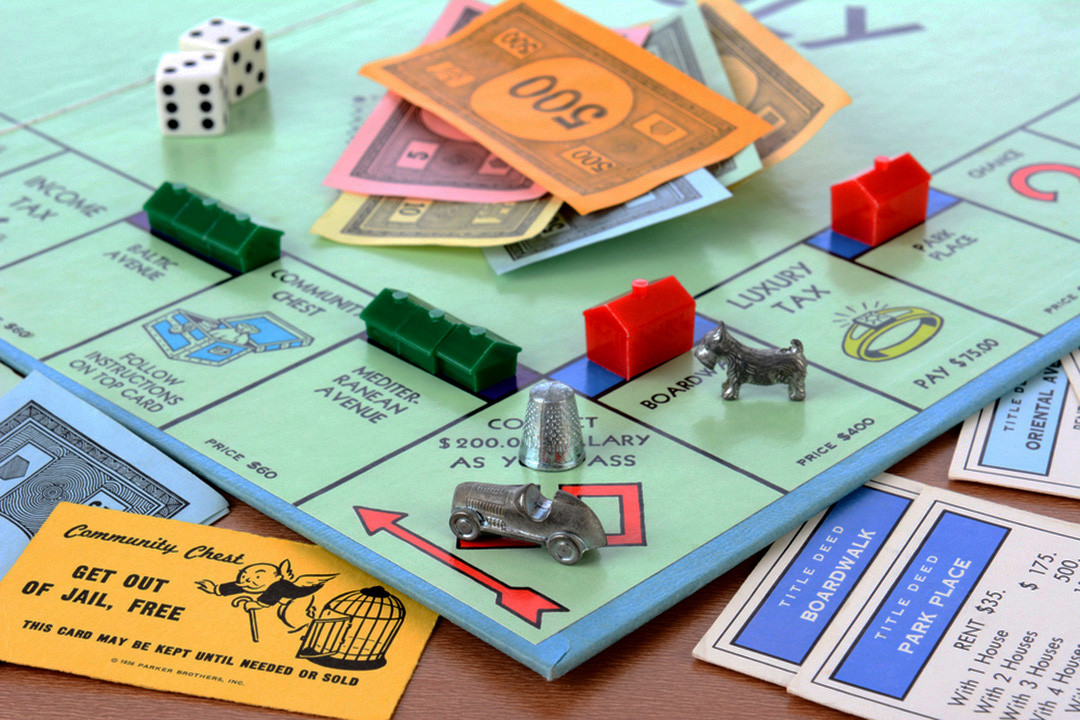


The company streamlined production and logistics and reduced prices, undercutting competitors. Although the company had tons of competitors, it managed to gain nearly 90% of the US market.īy 1910, it had become the world’s largest oil refiner. Gained almost 90% of the oil refining market in the USĮstablished in 1870 by American industrialist John Davison Rockefeller and Henry Flagler, Standard Oil was an oil-refining, transporting, and marketing company. Below, you will find some of the most common examples of monopoly in various industries. Such market structures can better be explained using examples. Generally, the United States law doesn’t stop/punish an organization for being the sole provider of products and services, but it can punish any company for using biased or unfair practices to maintain its position.

Sometimes, this leads to higher consumer costs and corrupt behavior. However, when an organization becomes too dominant (leaving almost no room for competition), its quality and services can suffer. Monopolies often help a region or country develop its infrastructure rapidly, effectively, and efficiently. Economies of scale: Due to the large scale of manufacturing and distribution networks, monopolies can offer products and services at lower costs than any of the competitors in the industry.Price maker: Monopolies can set and raise the price of their products at will.High barrier to entry: Competitors cannot easily enter the market due to several reasons, such as high startup costs, patents, and government regulations.Sole seller: The whole market is served by one company, and the company becomes the same as the industry it serves.In economics, a monopoly is a single seller.Īlthough monopolies differ from industry to industry, they tend to have similar characteristics, such as: In law, a monopoly is a single business entity with substantial market power. The verb monopolize refers to a process by which an organization gains the ability to exclude competitors and increase prices. The seller has a unique product with no substitutes and no competitors. The term monopoly comes from two Ancient Greek words Monos, which means “single,” and Poleo, which means “sell.” Roughly translated, this means “single seller.”Ī monopoly can be defined as a market structure in which there is one seller and many buyers.


 0 kommentar(er)
0 kommentar(er)
